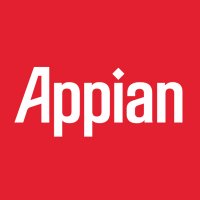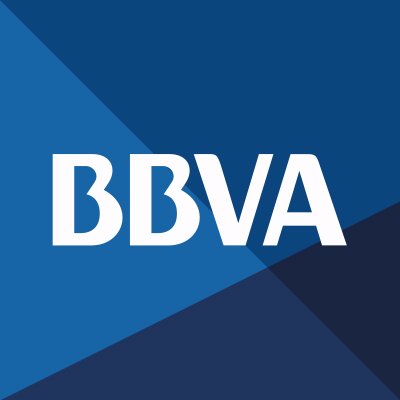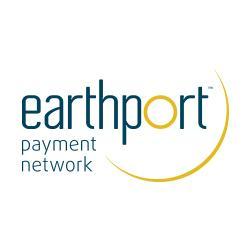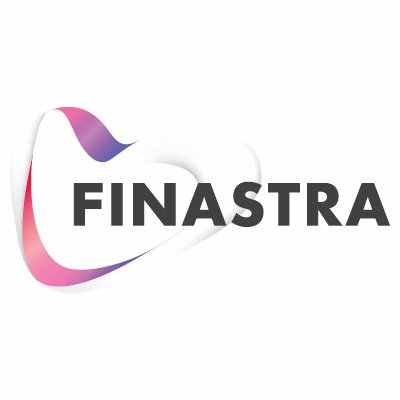Sibos 2018: Alpha-bets A-F
In our new feature for Daily News at Sibos, we have a quick look at fintech firms that are worth keeping an eye on at the Sydney event. This first article focuses on four names within the A-F letter range. Tanya Andreasyan, editor-in-chief of FinTech Futures, explains her choices.
 Appian
Appian
This US-based provider of low-code applications makes 30% of its money in the financial services space (other industries it serves include life sciences, healthcare and the public sector).
Among its broad international client base are Bank of the West and First Republic Bank in the US, Vontobel Bank in Switzerland, Santander in Spain, and Bendigo and Adelaide Bank in Australia.
It offers businesses potential to automate faster and make the most of the legacy systems most of large, established businesses have got.
John Rymer, principal analyst at Forrester, says the adoption of low-code development platforms is “on fire”.
For example, a large business would have thousands of processes of which “most are not automated”, according to Rymer. In his view, “low code is quick delivery”.
 BBVA
BBVA
Spain’s banking heavyweight BBVA hardly needs any introductions these days – start-ups want to get investment from it and other banks want to be it.
BBVA’s influence in the fintech and paytech space stretches from the US – the acquisition of Simple, backing of the “world’s first” global bank account Denizen; to Europe – the acquisition of SME bank Holvi in Finland, a 39% stake in Atom Bank in the UK, a major investment in Banking-as-a-Service (BaaS) platform solarisBank in Germany; to Asia – a $50 million investment into Sinovation Fund IV, a Chinese venture capital fund.
BBVA is big on open banking (BBVA API Market was launched last year), blockchain experimentation (multiple projects with Ripple, Indra and Wave), paytech (e.g. bringing Alipay to Spain), chatbots and AI (voice assistant MIA at BBVA’s subsidiary in Turkey, Garanti Bank; mobile banking chatbot in Spain); data and analytics (check out its BBVA Valora, Bconomy and Baby Planner functionalities of its mobile banking app).
It is also putting in practice the ideas of collaboration without borders: earlier this year it launched the first mobile banking platform developed globally by means of a coordinated effort involving multidisciplinary teams from Spain, the US and Mexico.
And not to forget the bank’s Open Talent initiative – which it claims to be “world’s biggest fintech competition” – as it hunts out ideas from anywhere across the globe, with a €150,000 prize fund for the overall winners.

Earthport
Cross-border payments specialist Earthport has 200 employees, an HQ in London and regional offices in New York, Miami, Dubai and Singapore.
The company was founded in 1997 but struggled with its focus (and making money) until 2010, when it had a major senior management and strategy shake-up. Hank Uberoi joined as CEO and had been instrumental in the efforts of turning the company’s fortunes around.
Earthport’s renewed focus concentrated on low-value cross-border payments – its “sweet spot” – a sub-$10,000 payment space that sits just below correspondent banking.
Last year, however, brought some bad news, with the company’s losses doubling in H2 2017 (to £3.2 million). In December 2017, it warned on sales for H1 2018 (a 10-15% drop in revenue), delays in expected contracts and the loss of a UK line of business with a major e-commerce client.
Uberoi relinquished his chief executive role and became a non-executive director and senior advisor to the CEO. The company embarked on a search for new CEO and chose Amanda Mesler in May. She previously worked at Microsoft and Misys (now Finastra).
But it’s not all doom and gloom. Earlier this year, Earthport received its New York State money transmitter licence, paving the way for further US expansion. It also stated its interest in the distributed ledger technology (DLT) and is working with Ripple.

Finastra
Finastra is a recent creation – it came into existence in mid-2017, as a result of a merger of UK-based banking tech heavyweight Misys and its North American counterpart D+H Corporation. Both were owned by venture capital firm Vista Equity Partners and it was decided to bring the two together.
D+H’s strength is in payments, lending and retail banking solutions in North America, while Misys’ strength is in treasury and capital markets (TCM), corporate banking and retail banking globally. Both companies had grown over the years via multiple M&As.
As a result of bringing the two entities together, Finastra is now the third largest financial services tech company in the world. It intends to be everything to everyone, as it wants to work with global banks, community banks, credit unions and corporations.
The vendor boasts some big numbers – namely around 10,000 employees and over 9,000 customers across 130 countries, “including 48 of the top 50 banks globally”.
It is privately held and led by CEO Simon Paris. CEO of D+H, Gerrard Schmid, left promptly once the acquisition was completed.
This article is also featured in the Daily News at Sibos 2018 – Day 1 edition.
Click here to read the issue online or pick up a print copy if you are at the conference!
The digital and print editions are free.












































